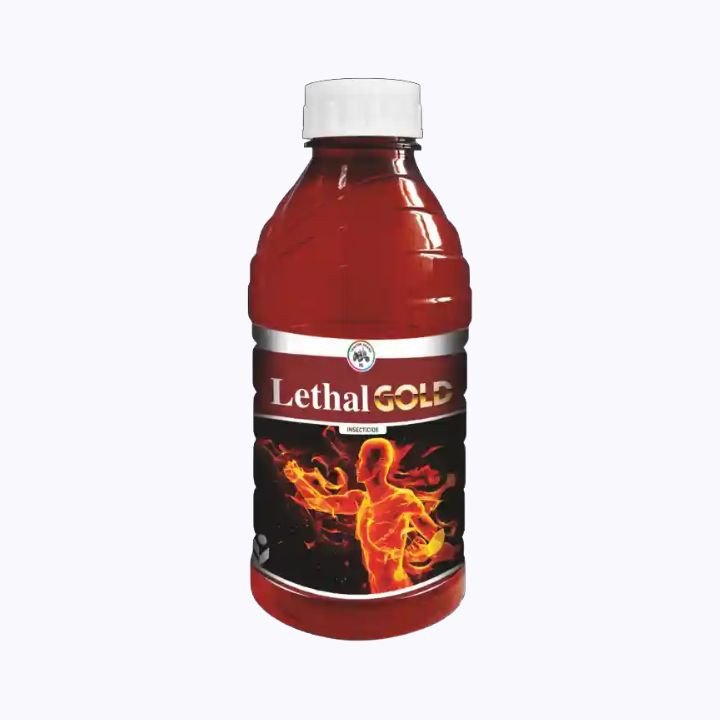


Lethal Gold from INSECTICIDES (INDIA) LIMITED is a broad-spectrum EC formulation designed for rapid knockdown and dependable residual control. The combination of a synthetic pyrethroid and an organophosphorous component targets chewing and sucking pests on cereals, cash crops, and vegetables, helping safeguard yield when pest pressure spikes. Field teams value its quick visible action, clean sprayability, and label-based fit across multiple crop programs.
| Product name | Lethal Gold Insecticide |
|---|---|
| Brand | INSECTICIDES (INDIA) LIMITED |
| Category | Insecticides |
| Technical content | Benfenthrin 3% + CPP 30% EC |
| Formulation | Emulsifiable Concentrate (EC) |
| Classification | Chemical |
| Toxicity class | Yellow |
| Mode of action | Contact activity with residual effect |
Recommended on paddy, wheat, sugarcane, groundnut, and vegetables against labeled chewing and sucking pests. Always consult the product label for the approved pest list, per-crop dose, dilution, and timing in your state/region.
| Typical dose range | 320–400 ml (follow the label for crop-wise rate and spray volume) |
|---|---|
| Application method | Dilute in the recommended water volume and apply as a foliar spray using calibrated equipment |
| Spray interval | As per pest pressure and label directions; avoid unnecessary repeat sprays |
| PHI (pre-harvest interval) | Refer to the label for crop-specific PHI before harvesting |
May be tank-mixed with many common agrochemicals; always conduct a jar test and follow label warnings. Avoid mixing with strong alkaline solutions or known incompatibles.
What crops is Lethal Gold registered on?
Paddy, wheat, sugarcane, groundnut, and vegetables (see label for the full list and exact rates).
How quickly will I see results?
Knockdown may be visible within hours; full effects depend on pest species, life stage, and conditions.
Any special handling due to the EC formulation?
Yes. Follow all label safety instructions, use PPE, keep away from water bodies, and follow re-entry/PHI guidance.
What about dilution and spray volume?
Use the label dose (typically 320–400 ml) and the specified water volume; apply with calibrated equipment for uniform coverage.
The details provided are for informational guidance only. Always adhere to the recommended application instructions as stated on the product label and in the accompanying leaflet.
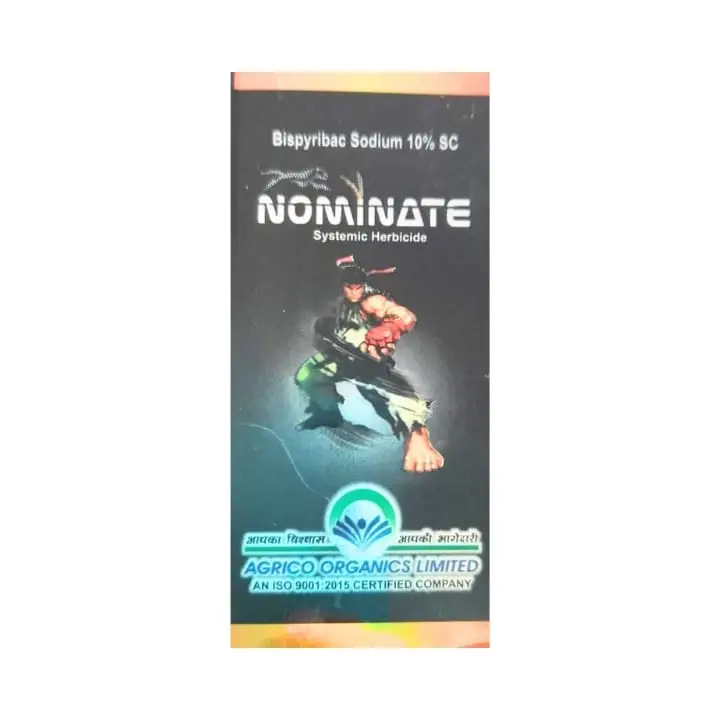
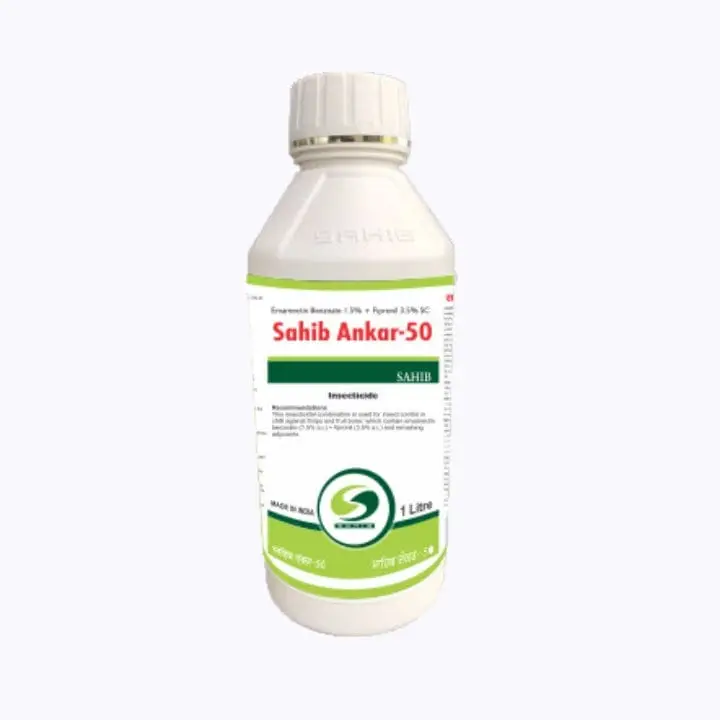
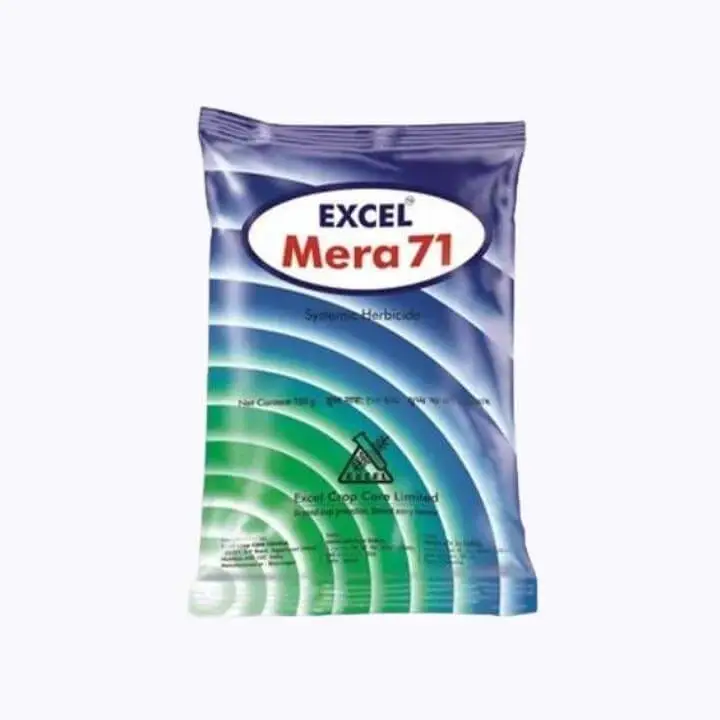
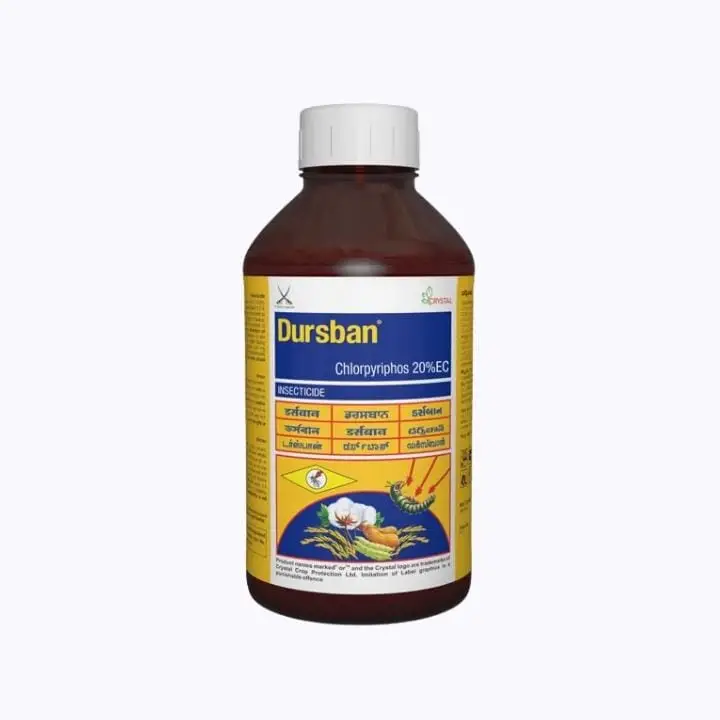
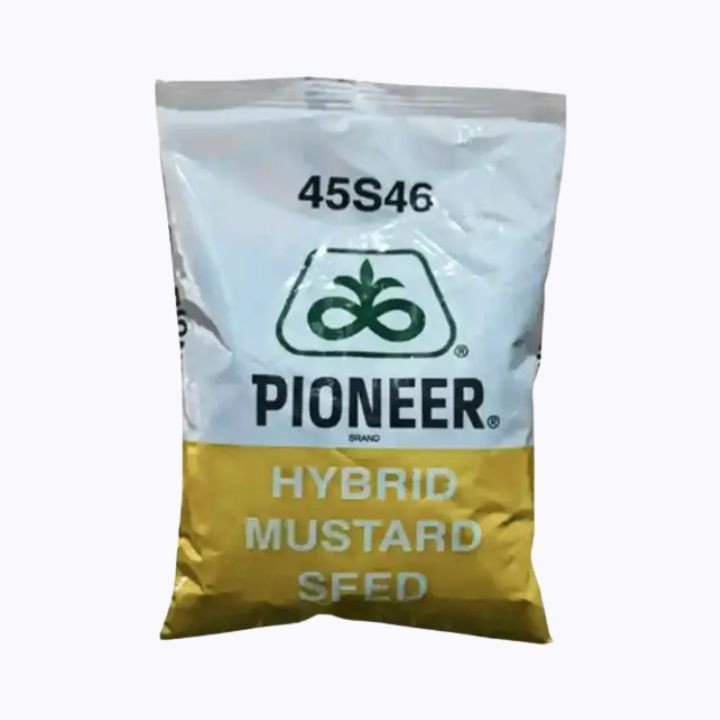
No reviews yet.